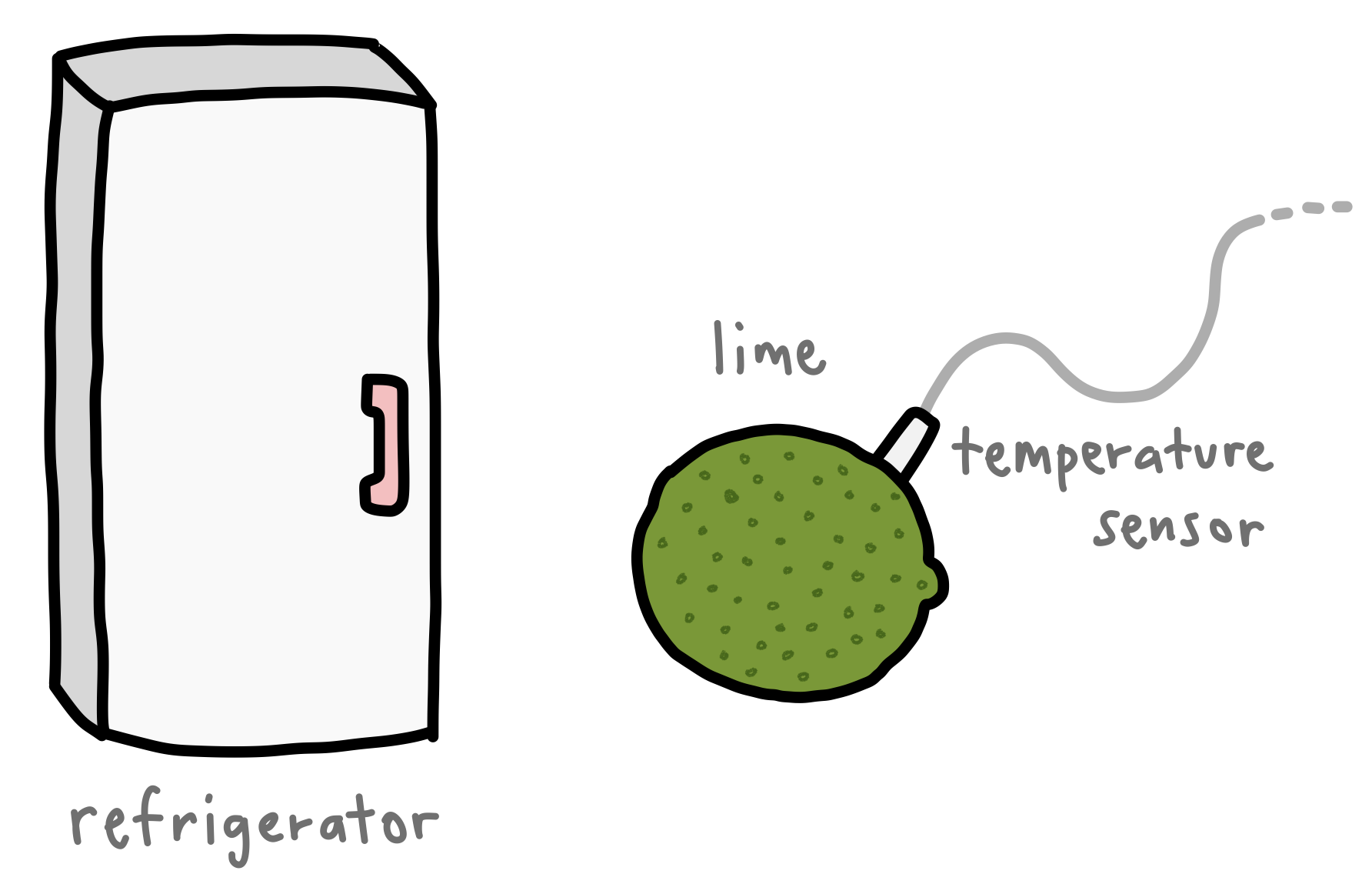(224e) A Tutorial on the Bayesian Approach to Inverse Problems (e.g., in heat transfer)
AIChE Annual Meeting
2023
2023 AIChE Annual Meeting
Engineering Sciences and Fundamentals
Poster Session: Thermodynamics and Transport Properties (Area 1A)
Tuesday, November 7, 2023 - 3:30pm to 5:00pm
Bayesian statistical inversion (BSI) is an approach to tackle ill-posed and/or ill-conditioned inverse problems. Advantageously, BSI provides a "solution" that (i) quantifies uncertainty by assigning a probability to each possible value of the parameter/input and (ii) incorporates prior information and beliefs about the parameter/input.
Herein, we provide a tutorial of BSI for inverse problems, by way of illustrative examples dealing with heat transfer from ambient air to a cold lime fruit. First, we use BSI to infer a parameter in a dynamic model of the lime temperature from measurements of the lime temperature over time. Second, we use BSI to reconstruct the initial condition of the lime from a measurement of its temperature later in time. We demonstrate the incorporation of prior information, visualize the posterior distributions of the parameter/initial condition, and show posterior samples of lime temperature trajectories from the model.
Our tutorial aims to reach a wide range of scientists and engineers.
